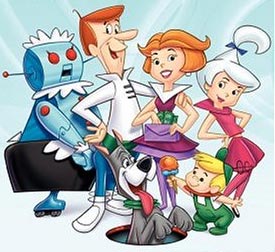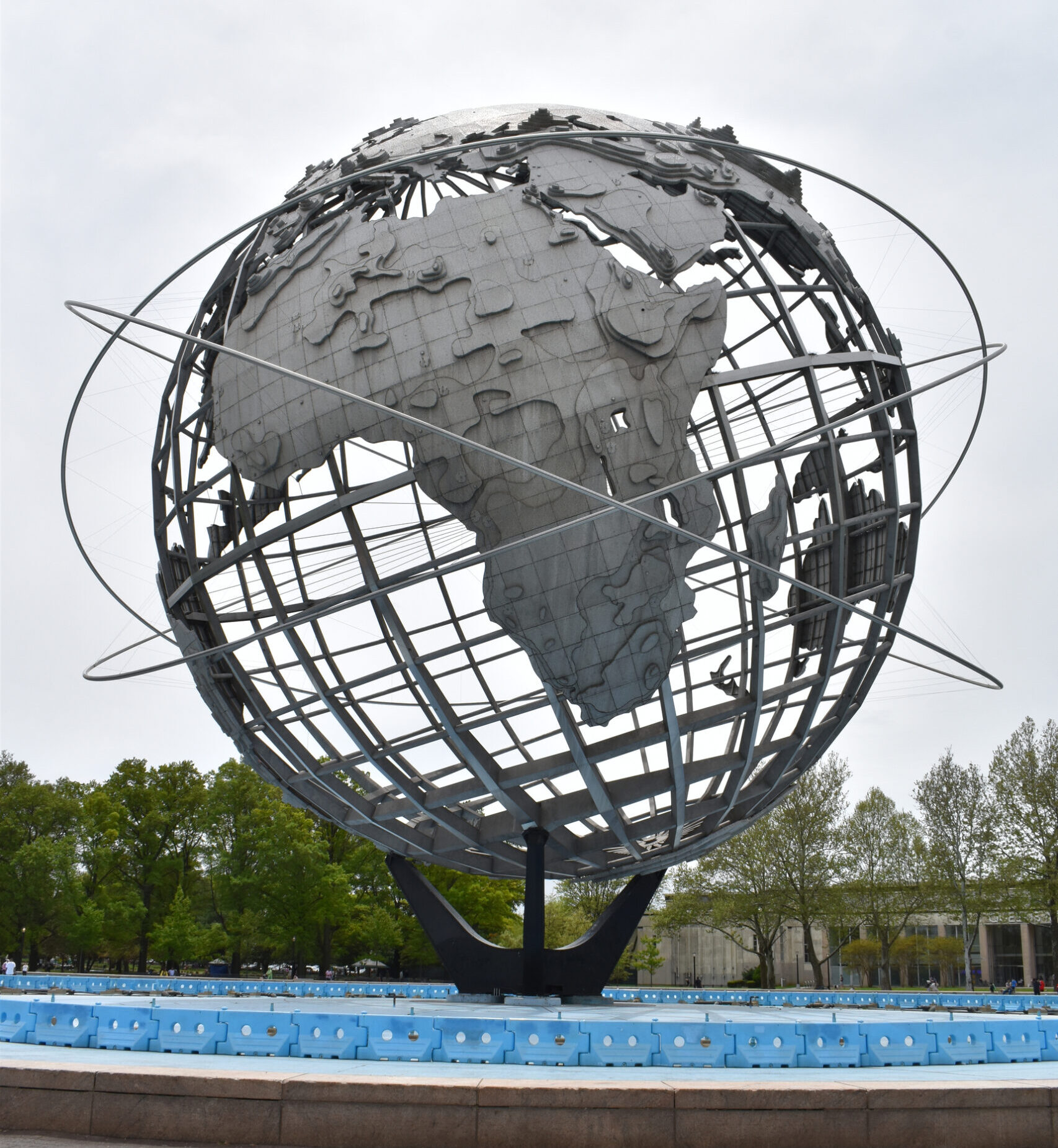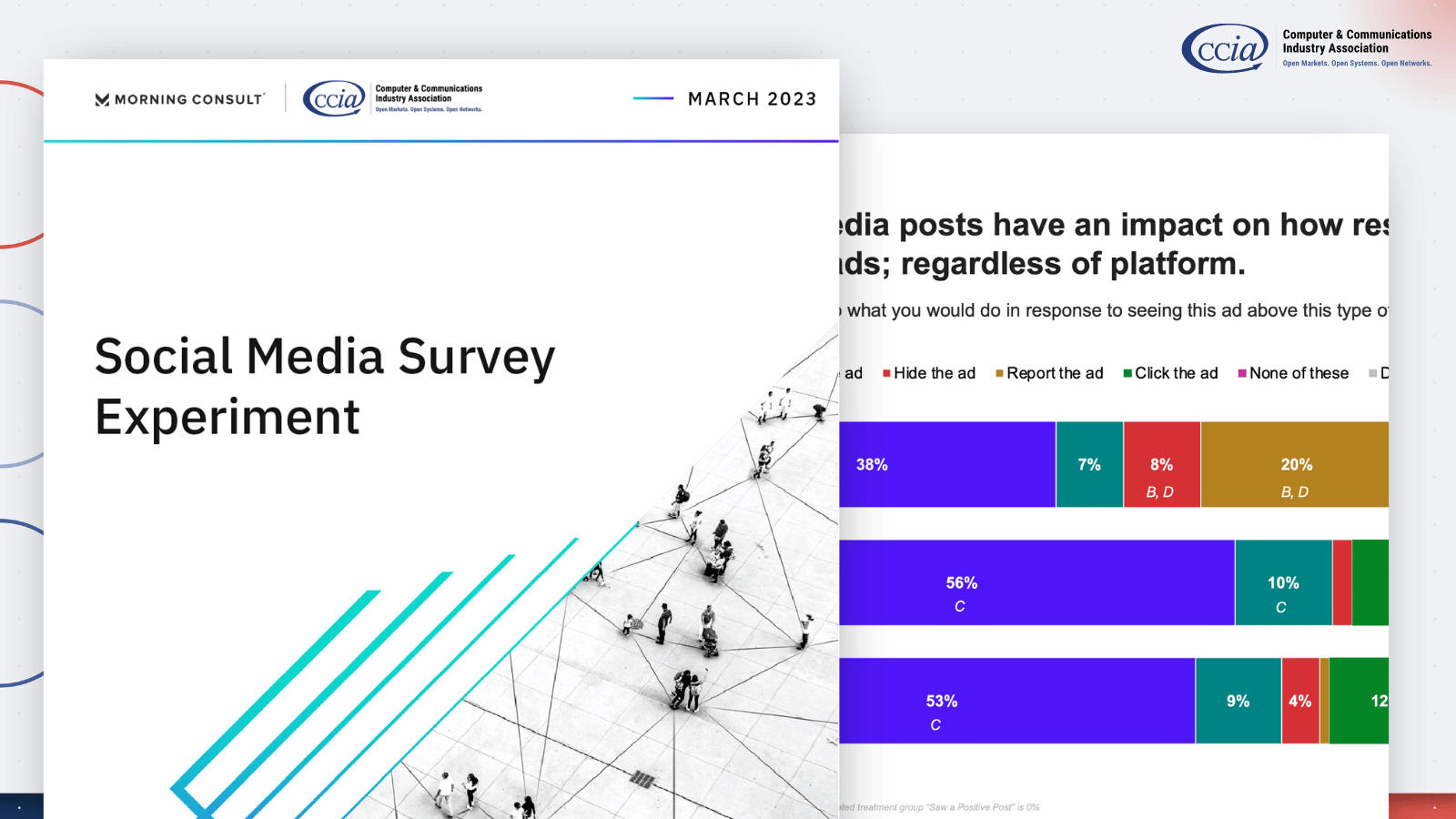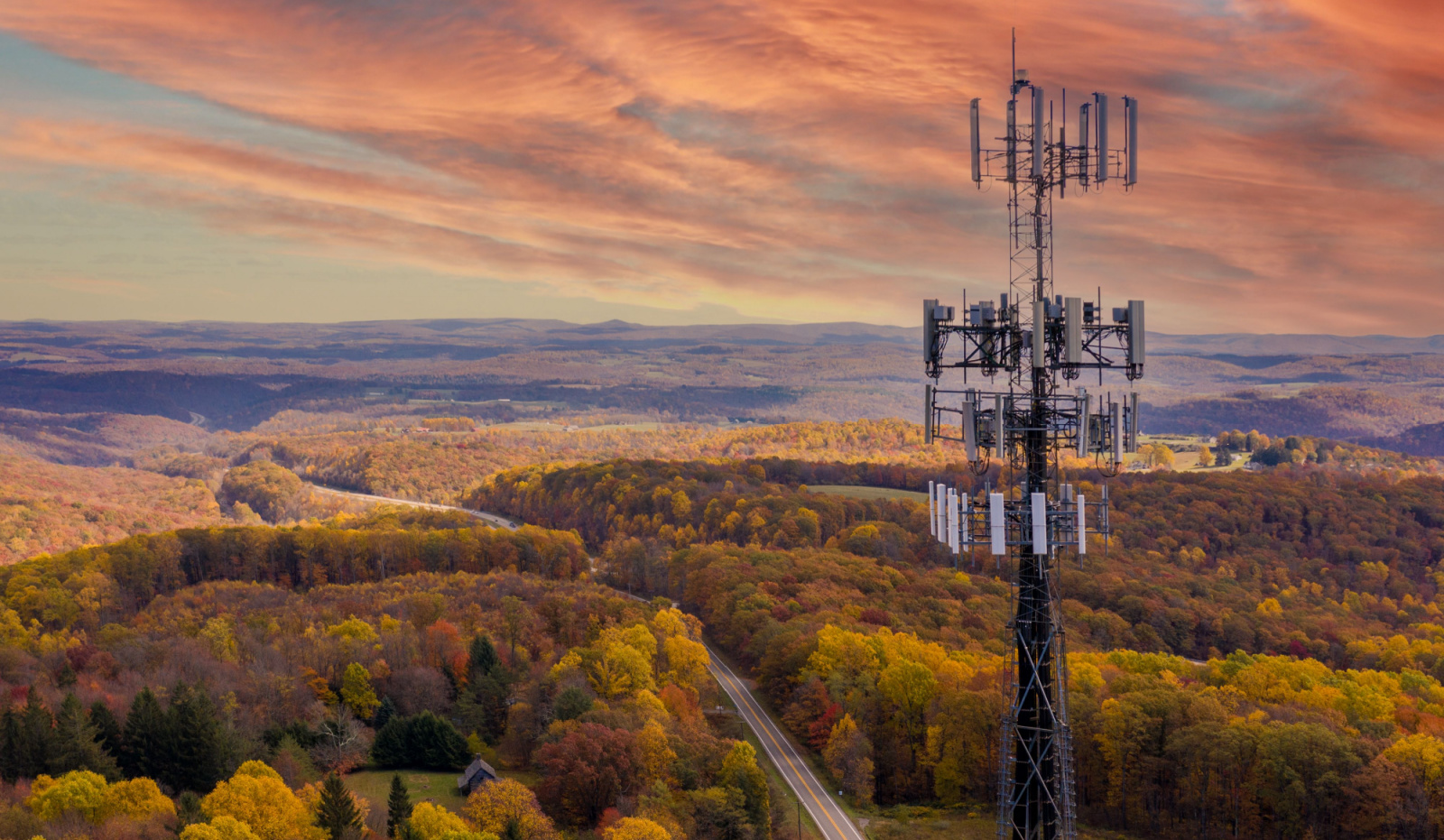IOT + EU = ?
 People have been talking, and pontificating, about a coming “Internet of Things” since 1999. The idea is that the many sensors, actuators and digital data recorders in the environment around us — like the electronic control units (ECUs) in modern automobiles — will be uniquely identified and connected via IP to each other and to the world. This would allow instantaneous supply chain fulfillment, green initiatives like demand-side management and smart refrigerators, as well as simply cool stuff that puts remotely programming one’s DVR from a smartphone app to shame. As McKinsey & Co. noted in 2010:
People have been talking, and pontificating, about a coming “Internet of Things” since 1999. The idea is that the many sensors, actuators and digital data recorders in the environment around us — like the electronic control units (ECUs) in modern automobiles — will be uniquely identified and connected via IP to each other and to the world. This would allow instantaneous supply chain fulfillment, green initiatives like demand-side management and smart refrigerators, as well as simply cool stuff that puts remotely programming one’s DVR from a smartphone app to shame. As McKinsey & Co. noted in 2010:
The physical world itself is becoming a type of information system… When objects can both sense the environment and communicate, they become tools for understanding complexity and responding to it swiftly. What’s revolutionary in all this is that these physical information systems … work largely without human intervention.
So what’s going on? Two things. The obvious one is that more than a decade later (and despite the fact that by 2008 there were already more “things” connected to the Internet than people in the world) we are still not “there” yet. Refrigerators cannot detect when the last soda can is used, let alone order more autonomously; HVAC systems largely cannot interact with electricity genitors in real time to consume more energy when rates are lower, and vice-versa; and suitcases cannot communicate with airport luggage systems to tell the machines onto which flight they should be loaded (except with barcode readers). Partially, that’s because technologists frequently overstate adoption projections for new networks by 10 years or more. Less obvious is that there’s been a quiet push in the European Union (EU) to regulate the IoT even before it is fully gestated and born.
A European Commission “consultancy” on the Internet of Things was launched in 2008. By 2009 the EU had already issued an Action Plan for Europe for the IoT, which concluded:
Although IoT will help to address certain problems, it will usher in its own set of challenges, some directly affecting individuals. For example, some applications may be closely interlinked with critical infrastructures such as the power supply while others will handle information related to an individual’s whereabouts. Simply leaving the development of IoT to the private sector, and possibly to other world regions, is not a sensible option in view of the deep societal changes that IoT will bring about.
As a result, libertarian business groups such as the European-American Business Council and TechAmerica Europe have this summer come out in opposition to the EU’s approach, pressing for industry-led standards and application of existing measures, like the existing EU data protection rules (which already exceed the United States’ by a wide margin), “in lieu of a new regulatory structure.”
This is a scary prospect. That the EU would even consider crafting a regulatory scheme now for a technology revolution that realistically remains years away, requires immense levels of cooperation among industries, and holds the potential to transform business and life as we know it, is remarkable. Remarkable because such a philosophy is so alien to American economic values and to the spirit of innovation and entrepreneurship that launched the commercial Internet and Web 2.0 revolutions.
This article is not the place to debate the conflicts, trade-offs and differing views of government animating current technology policy issues like net neutrality, privacy and cybersecurity, copyright and the like. The reality though, is that issues such as those are generally being assessed within a spectrum of solutions, worldwide, which reflect known risks and benefits, some proposals of course being more interventionist than others. But that is far different from allowing a single bureaucratic monolith to dictate the shape of an industry and technology that remains embryonic. How is it even possible to develop fair rules for the IoT when no one has any real idea what or when it will be?
 More than 15 years ago, this writer worked for one of his corporate clients on a legislative amendment offered by Rep. Anna Eshoo (D-Cal.) to the Telecommunications Act of 1996. The so-called “Eshoo Amendment,” designed to limit the role of the Federal Communications Commission in mandating standards for emerging, competitive digital technologies like home automation, passed. The irony, of course, is that at the time Congresswoman Eshoo analogized home automation to a future world like that of The Jetsons. Now 16 years down the road, we are barely closer to George, Elroy and their flying cars, robotic maids and the like than we were then.
More than 15 years ago, this writer worked for one of his corporate clients on a legislative amendment offered by Rep. Anna Eshoo (D-Cal.) to the Telecommunications Act of 1996. The so-called “Eshoo Amendment,” designed to limit the role of the Federal Communications Commission in mandating standards for emerging, competitive digital technologies like home automation, passed. The irony, of course, is that at the time Congresswoman Eshoo analogized home automation to a future world like that of The Jetsons. Now 16 years down the road, we are barely closer to George, Elroy and their flying cars, robotic maids and the like than we were then.
But that ’96 effort illustrated a fundamental difference between the United States and the European Union about the proper role of government with respect to innovation. The EU subsidizes research, sets agendas and looks to intervene in the marketplace in order to establish rules of the road even before new industries are launched. The US sits back, lets the private sector innovate, and generally intervenes only when there has been a “market failure.” That’s a philosophy largely embraced by both major American parties regardless of the increasingly polarized political landscape in Washington, DC.
This basic difference in world views between the home of the Internet and European regulators — as true today as in 1996, if not more so — could doom the Internet of Things. So if you are a fan of future shock, then it’s clear you should not react to the EU’s efforts to shape the IoT with a viva la difference attitude. The difference is dangerous to innovation and especially dangerous to disruptive innovation. It’s no wonder that few real digital innovations have come from Europe. Don’t expect many in the future unless the EU finds a way to decentralize and privatize its bureaucratic tendency towards aggrandizing government in the face of what IoT experts anticipate will be “a small avalanche of disruptive innovations.”








